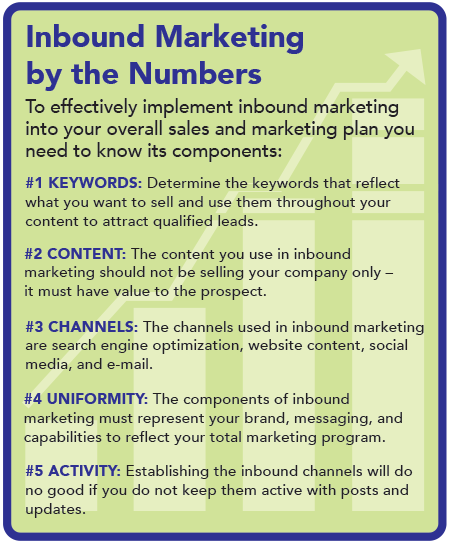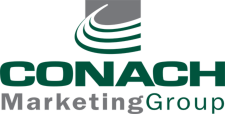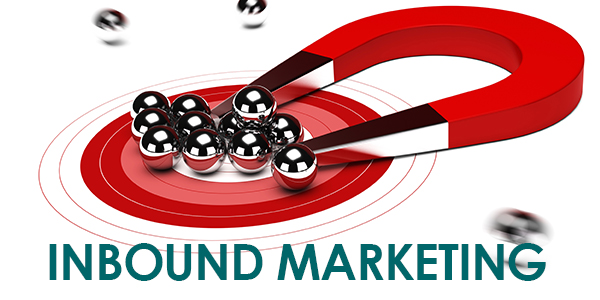Adding financial marketing and inbound marketing
Inbound marketing is all the buzz in marketing today. If you haven’t heard of inbound marketing, it consists of tactics that draw qualified prospects to a business by offering relevant content. The content needs to be informative and the method of supplying it non-interruptive. F
On the other hand, outbound marketing reaches out to potential customers. It is more traditional, utilizing channels such as direct mail, telemarketing, email marketing, print/online advertising, trade shows, and networking events. There is a fine line between inbound and outbound marketing, and often that line is blurred.
How to be effective with financial marketing and inbound marketing
The channels for inbound marketing revolve around bringing potential customers to you rather than going to them as in outbound marketing. Let’s look at the various channels and how to make them effective in your inbound campaign:
Keywords
The first thing to remember about financial marketing and inbound marketing is that you need to start with your keywords. The reason is
Organic Search Engine Optimization (SEO)
Organic (or On-Page) SEO is how you optimize your website by setting up the correct structure and compelling content to rank well organically. Google ranks and indexes websites based on its content and keywords. Of course, there are many other factors relating to SEO, but content and keywords are the most critical. People searching by specific keywords will be see relevant websites in the search engine results page (SERP). Once they are visiting your site, the structure needs to easy to follow and the content engaging.
Pay-Per-Click (PPC)
In contrast to Organic SEO, PPC is paying for an ad to pop up when a search using a keyword associated with the ad. It is different than Organic SEO because you bid on keywords and pay to be at the top of SERPs.
Landing Pages
A landing page gives a prospect a way to engage with you. Whether it is a page with a form or a service/product page with a call-to-action, be sure it has information to convince the visitor to contact you.
Blogs
Obviously, setting up a blog on your website is not difficult. On the other hand, creating helpful and relevant content to attract qualified prospects is not easy. When your content merely sells your services or products, you run the risk of losing the lead because the article is not useful. You need to share content that sparks a visitor’s
Other Content
Another key point to remember is that your website can be a library of informational content to visitors. With this in mind, you need to develop additional content. Other material you offer can include brochures, white papers, customer testimonials, and case studies.

Social Media
Social media offers a platform to engage and grow a loyal audience for your firm. The content you share can be through posts or links to your website in order to drive traffic to landing pages. When a follower has a positive experience on your social media the more likely they are to become a client and later recommend your firm.
E-mail Marketing
And now we come to one of those blurred lines I discussed previously. Because you are sending content to a prospect and customer, it is definitely outbound marketing. However, if the content is valuable to subscribers, it is part of financial marketing and inbound marketing. Ordinarily, e-mail campaigns should be monthly as not to be a nuisance to the recipients. In addition, an e-bulletin, as we call it at Conach, should contain a call-to-action link to drive traffic to your website.
These strategies will produce better results if combined in the overall campaign. For example, you can post links to your blog on social media channels and send it to email subscribers. Like your website pages, it is equally important to optimize your blog via keywords in the content.
Content and keywords are critical in financial inbound marketing
As can be seen, content and keywords are the kings of inbound marketing. Because Google places such an importance on these factors, you have to produce quality content with relevant keywords. If your writing skills aren’t up to par or you don’t have the time, hire a copywriter. And by all means, contract with a marketing firm to help you coordinate all the facets of your outbound and inbound marketing if this task is too challenging. To summarize, the better the content and coordination, the better your return.
Keep financial inbound marketing active
The first thing to remember is that a blog and social media will do you no good if you don’t keep them active. After all, if there is no new content, why would a visitor continue to follow your posts? With this in mind, you should develop a realistic schedule for new blogs, social media, and e-bulletins. This activity will keep visitors coming back and tell Google you have a website worth ranking well.
Combine inbound marketing with outbound marketing
Because a tactic is new, it can cause the mistake that you think it is all you need for a successful marketing campaign. In reality, I can tell you it is not. A financial marketing campaign needs to use several channels, both inbound and outbound. Further, the various channels should work in unison. Your brand and message should be consistent throughout. Also, channels should be connected through links. As a result, each tactic will be more effective and your campaign more successful.
About the Author
Paul Kowalski (or Pappy as he is called around the office) spent over two decades working at other agencies before opening Conach Marketing Group in 2008. The early part of his career was working with Fortune 500 clients at different agencies. However, working with smaller clients was his preference. This choice was because of the impact on a client’s business growth and the forming closer, personal relationships.
About the Author
When he was creating Conach, his goal was to bring those Fortune 500 strategies along with years of B2B marketing experience to small business marketing clients. As a result of focusing on business to business marketing, Conach specializes in construction marketing, financial marketing, and industrial marketing. Even though we are in Mid-Michigan, Conach provides marketing services to clients across the country.
For more information visit conachmarketing.com or contact us or call 989.401.3202.

